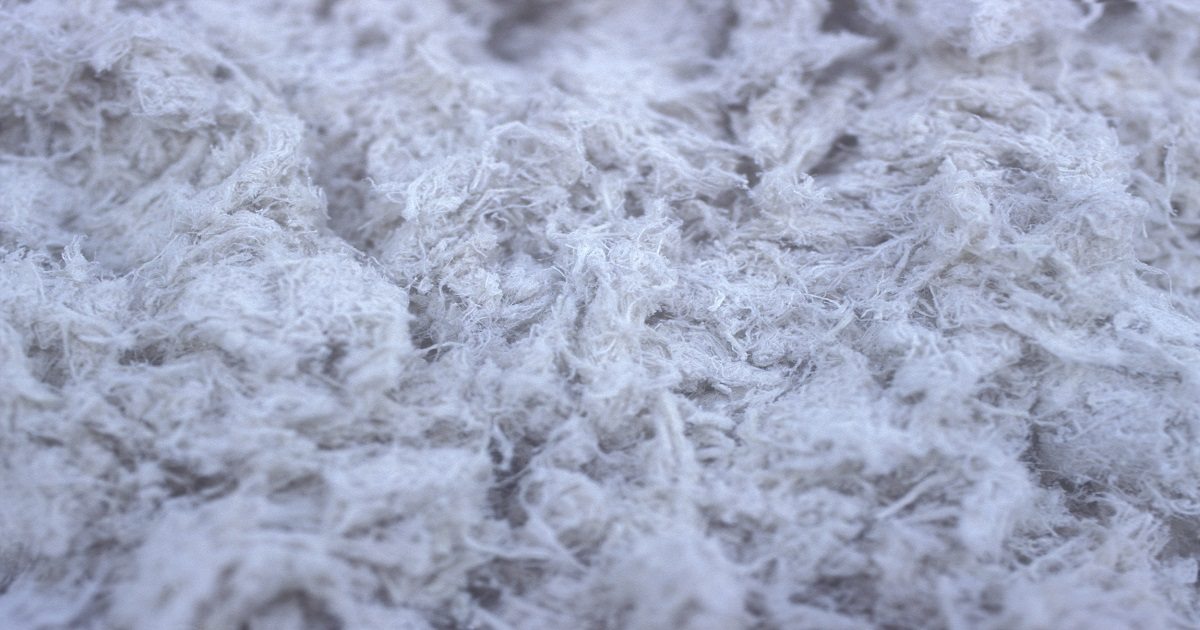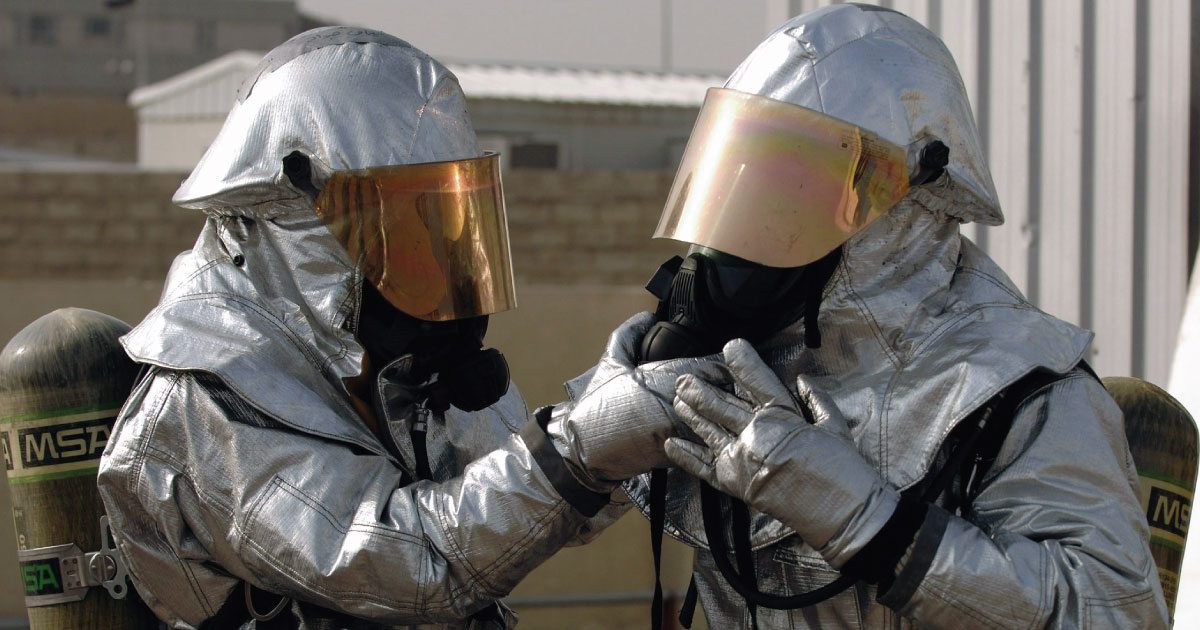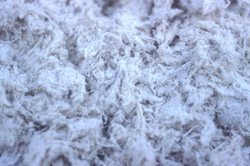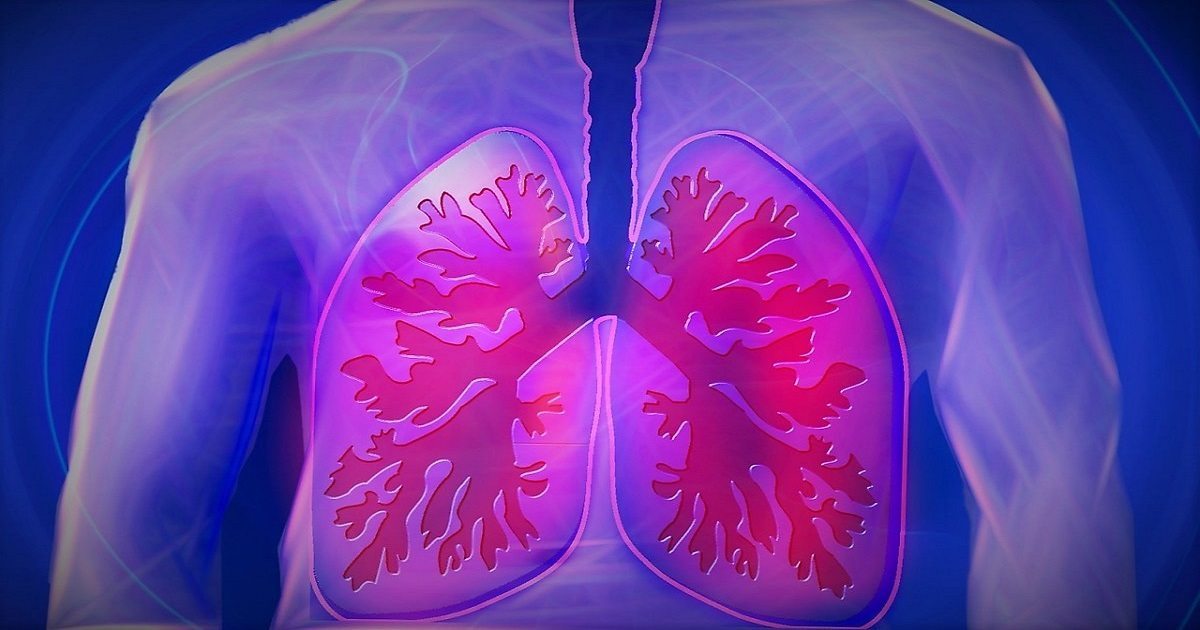Category: National News

Increased Rate of Mesothelioma Detected Near Former PA Asbestos Factory
Researchers at the University of Pennsylvania have received a grant from the National Institutes of Health to document how people were affected by asbestos exposure who lived near an asbestos factory in Ambler, Pennsylvania. Exposure to asbestos dust is linked to serious respiratory diseases including lung cancer and mesothelioma, a cancer of the lining of the lungs.
The Pennsylvania Department of Health has identified an increase in the rate of mesothelioma around Ambler, where an asbestos factory operated for decades, according to a Penn Medicine news release this month. Ambler is just north of Philadelphia.
Dr. Fran Barg, an associate professor at University of Pennsylvania School of Medicine, told the CBS News affiliate in Philadelphia that Ambler has been profoundly affected by mesothelioma. The Ambler Boiler House, near the town’s revived Butler Avenue district, operated for nearly a century as an asbestos-manufacturing plan, but was shuttered in the mid 1970s.
Today, residents the West and South Ambler communities remain at risk of environmental exposure to asbestos and are potentially at increased risk of developing mesothelioma, the Penn Medicine researchers say. Although the factory has long been closed, symptoms of asbestos disease take decades to appear. Current and former Ambler residents who had occupational or environmental exposure to asbestos in the 1960s or 1970s or more recently could develop mesothelioma as a result of that past exposure.
Asbestos fibers when inhaled may lodge deep in the chest cavity, causing inflammation that eventually leads to disease. Mesothelioma is incurable, but there are treatments for mesothelioma to help manage the disease if it is diagnosed before it has reached an advanced stage.
“We know there is an existing health risk, but that’s just one piece of the problem,” Barg said in a Penn press release. “These communities suffered great social and economic consequences when the asbestos factory closed, and today, they are still trying to recover from that loss.”
The five-year study is to document the asbestos impact on the community and help local leaders make decisions about the future of the former asbestos factory site in the community. Barg and fellow researcher Edward Emmett, a professor of Occupational and Environmental Medicine, will develop a storehouse of information online and at the Chemical Heritage Foundation about the asbestos-related health risks in the community.
According to the U.S. Environmental Protection Agency, environmental regulators have overseen the cleanup of more than a million cubic yards of asbestos waste that was dumped on a 25-acre site nearby.
Ambler residents can contact Dr. Fran Barg directly for information about the study by emailing her at [email protected].

Demolition of Houses Damaged By Hurricane Sandy Poses Asbestos Exposure Risk
Approximately 200 houses in Staten Island, Queens and Brookyn battered by Hurricane Sandy will be demolished in coming months, The New York Times reported Sunday. The houses slated for demolition are all older structures and have building materials containing asbestos.
Thousands of people have stepped forward to take part in the cleanup since Hurricane Sandy struck New York and New Jersey in late October. Dr. Raja Flores, chief of thoracic surgery at Mount Sinai Hospital, said the cleanup was in some ways comparable to the cleanup after the Sept. 11 attacks. “You have all these innocent people trying to help and they are subjecting themselves to asbestos, a known carcinogen,” Dr. Flores told The Atlantic about asbestos exposure after the hurricane.
Asbestos exposure causes serious respiratory diseases including asbestosis, a chronic scarring of the lungs, lung cancer, and mesothelioma, a cancer of the lining of the lungs. Symptoms of mesothelioma typically take decades to appear after exposure, but the cancer is aggressive once symptoms appear.
Asbestos was used in floor and roofing felts, drywall, floor tiles, insulation, spray or ceiling coatings until the 1980s when its production was curtailed. But when older houses are renovated or demolished, the asbestos fibers may be released into the air and inhaled if workers are not wearing proper breathing protection. Being exposed to asbestos fibers in the air is the major risk factor for mesothelioma, according to the Centers for Disease Control.
Demolition and constructions workers and anyone clearing construction debris may be at risk of exposure to asbestos if they disturb asbestos containing materials. The U.S. Department of Labor’s Occupational Safety and Health Administration has standards to protect workers from exposure to asbestos during construction and demolition. The standards describe the hazards of asbestos work activities and detail specific requirements for each category of work. OSHA has field staff in New York providing technical support and training for those involved in the cleanup.
New York building inspectors have declared nearly 900 building unsafe to enter, affixing red tags to signal they are unsafe to enter. But not all buildings that are tagged will be demolished.
About 2,500 to 3,000 people are diagnosed with the mesothelioma each year in the U.S. Most are older workers, retired workers and veterans who were regularly exposed to asbestos in a workplace or during military service decades ago. Asbestos disease typically takes 20 years to 50 years to appear. But once symptoms show, the disease often advances quickly and is difficult to manage with current treatments such as chemotherapy and radiation.
Know more about mesothelioma and how you can deal with it.

Risk of Asbestos Exposure for Workers in Aftermath of Hurricane
The cleanup after Hurricane Sandy will involve thousands of workers tearing down and repairing flood damaged houses and structures. The federal Occupational Safety and Health Administration is warning Hurricane Sandy cleanup workers and members of the public in New York and across the region to be aware of the danger of asbestos. Asbestos fibers cause deadly respiratory diseases including mesothelioma, a form of cancer.
Asbestos, a mineral fiber, was added to many building materials because of its strength and insulating properties until the 1980s. When houses and buildings containing asbestos materials are renovated or demolished, the renovation and demolition activities often generate airborne asbestos fibers. The fibers are microscopic, making them more hazardous because you can inhale them without knowing it. Asbestos is classified as a known human carcinogen by the U.S. Department of Health and Human Services and the International Agency for Research on Cancer.
While the use of asbestos has been curtailed in many workplaces, construction and demolition workers remain at risk of asbestos exposure today because of past construction practices, according to the National Cancer Institute.
OSHA has regulations that construction industry employers must follow to protect cleanup workers from exposure to asbestos. The construction industry standards require employers to follow various standards to protect workers from inhaling asbestos fibers. The detailed standards vary depending on the type of work being undertaken, the amount of asbestos in the air and other factors. Among the requirements is an initial assessment of a demolition or renovation project to estimate the expected exposure to asbestos during the work.
You and your employer can find more information about how to obtain a copy of the booklet, Asbestos Standards for Construction.
Approximately 2,500 to 3,000 people are diagnosed with mesothelioma each year in the United States. Most are older workers, retired workers and veterans who had regular exposure to asbestos for a period of weeks or months in a workplace or during military service.
Mesothelioma is an aggressive form of cancer. While there is no known cure for the disease, doctors have the most success in managing the disease when it is diagnosed early. Treatments for mesothelioma include surgery, radiation and chemotherapy.

Mesothelioma Patients May Have Greater Access To Care Under Proposed Medicare Legal Settlement
Patients with mesothelioma and other chronic diseases and conditions may have improved care, as part of a proposed change of Medicare policy. Under a proposed legal settlement of a landmark class-action lawsuit, Medicare would start covering the costs of certain treatments for those patients with long-term diseases who need skilled services simply to maintain or slow their deterioration regardless of the underlying illness.
For years, thousands of mesothelioma patients and other Medicare beneficiaries with incurable diseases have been denied needed care based on the grounds that their condition was “not improving.” Medicare advocates said the “improvement” standard seemed to lead to cutting off physical, occupational and speech therapy for patients who had reached a plateau in their treatment.
The application of the standard is particularly devastating for patients with advanced cancers, ALS, Parkinson’s disease, Multiple Sclerosis and other degenerative diseases who are not going to improve and are seeking simply to hold onto their health and slow the effects of a disease.
According to an article in The New York Times, the proposed settlement, once approved by a federal district judge, will lead the Centers for Medicare and Medicaid Service to rewrite the Medicare benefits manual to delete suggestions that a patient’s receipt of Medicare coverage depends on the patient continuing to show improvement. The new policy would state that Medicare will cover skilled nursing care and therapy services needed for a patient to maintain their health.
Medicare provides up to 100 days of coverage per benefit period. The settlement confirms that Medicare is available for skilled nursing and therapy that is needed to maintain a person’s condition or prevent slow deterioration, for nursing home, home health and outpatient therapy.
According to the Center for Medicare Advocacy, a party to the lawsuit, the settlement is NOT limited to particular conditions or diseases. It applies to anyone who requires skilled services, regardless of the underlying illness, disability or injury.
The lawsuit was brought on behalf of a nationwide class of Medicare beneficiaries by six individuals and seven national organizations representing people with chronic conditions.
 Mesothelioma, a cancer caused by exposure to asbestos, strikes 2,500 to 3,000 people a year in the United States. Symptoms of mesothelioma take 20 years to 50 years to appear. As a result, people diagnosed with mesothelioma are typically older workers, retired workers and veterans who were exposed to asbestos dust in a workplace or during military service. While the disease takes decades to appear, it advances rapidly once it is diagnosed.
Mesothelioma, a cancer caused by exposure to asbestos, strikes 2,500 to 3,000 people a year in the United States. Symptoms of mesothelioma take 20 years to 50 years to appear. As a result, people diagnosed with mesothelioma are typically older workers, retired workers and veterans who were exposed to asbestos dust in a workplace or during military service. While the disease takes decades to appear, it advances rapidly once it is diagnosed.

Daily Aspirin May Reduce Cancer Deaths, American Cancer Society Says
A daily aspirin may help prevent cancer, according to American Cancer Society researchers.
A large new study, published online this month in the Journal of the National Cancer Institute, offers more evidence of a positive association between taking an aspirin and modestly lower cancer mortality. Still, questions remain about the size of the health benefit, the authors of the study say. No one should start an aspirin regimen without consulting a doctor first because even low dose aspirin does cause stomach bleeding in some patients.
American Cancer Society researchers analyzed health information from more than 100,000 predominantly elderly participants who reported taking a daily aspirin and did not have cancer at the start of the study. The researchers tracked the study participants for up to 11 years.
They found daily aspirin use was associated with a 16 percent lower overall risk of dying of cancer, among people who reported taking aspirin daily for at least five years and among those who reported shorter-term daily use.
The reduction in cancer mortality reported in the current study is notably smaller than the 37 percent reduction suggested in a recent pooled analysis of 51 randomized trials published in The Lancet, a British medical journal. But the large size of the current study is a strength in determining how much daily aspirin use might lower cancer mortality.
“Although recent evidence about aspirin use and cancer is encouraging, it is still premature to recommend that people start taking aspirin specifically to prevent cancer,” American Cancer Society researcher Eric J. Jacobs, Ph.D., who led the study, said in a prepared statement. “Even low dose aspirin can substantially increase the risk of serious gastrointestinal bleeding. Decisions about aspirin use should be made by balancing the risks against the benefits in the context of each individual’s medical history.”
Earlier this year, researchers at The City College of New York reported in the ACS Medicinal Chemistry Letters that they had developed a new aspirin compound that curbed the growth of 11 different types of human cancer cells in the laboratory. Some of the cancers controlled included pancreatic cancer, lung cancer and leukemia. Lung cancer and mesothelioma are cancers caused by inhaling asbestos fibers. Mesothelioma is a cancer of the lining of the chest cavity and abdominal cavity.
In the United States, approximately 2,500 to 3,000 people are diagnosed with mesothelioma each year. The disease is incurable, though there are standard treatments to manage the disease including chemotherapy, radiation and surgery.
Most people diagnosed with mesothelioma are older workers, retired workers or veterans who were exposed to asbestos fibers in the workplace or military service. Microscopic asbestos fibers when inhaled can lodge in the lungs and remain there a lifetime causing inflammation that eventually leads to asbestos related disease.
For more information about mesothelioma treatments, Click Here.
Free Mesothelioma Patient & Treatment Guide
We’d like to offer you our in-depth guide, “A Patient’s Guide to Mesothelioma,” absolutely free of charge.
It contains a wealth of information and resources to help you better understand the condition, choose (and afford) appropriate treatment, and exercise your legal right to compensation.
Download Now